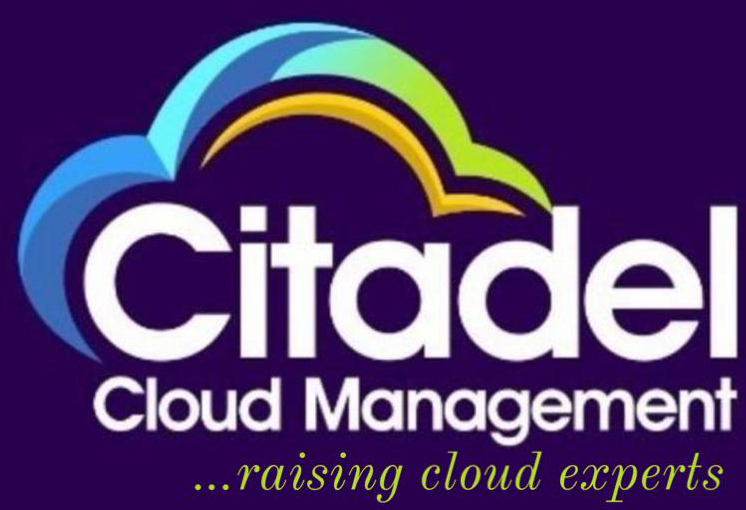Table of Contents
- Introduction to Data Governance
- Key Principles of Data Governance in Data Warehouses
- Data Governance Frameworks and Models
- Roles and Responsibilities in Data Governance
- Data Quality Management in Data Governance
- Data Security and Compliance
- Metadata Management
- Data Stewardship
- Data Governance Technologies and Tools
- Best Practices for Implementing Data Governance
- Challenges in Data Governance and Solutions
- Case Studies of Successful Data Governance in Data Warehouses
- Conclusion
1. Introduction to Data Governance
Explanation:
Data governance refers to the overall management and oversight of the data within an organization. This includes managing data availability, usability, integrity, and security. The aim of data governance is to ensure that data is accurate, consistent, and secure across all systems and processes within the organization.
Resource Links:
2. Key Principles of Data Governance in Data Warehouses
Explanation:
In enterprise data warehouses (EDWs), data governance principles focus on ensuring that data is managed across its entire lifecycle. Key principles include:
- Data quality assurance
- Access control and security
- Compliance with regulatory standards
- Data lineage and traceability
- Documentation and metadata management
Resource Links:
3. Data Governance Frameworks and Models
Explanation:
A data governance framework provides a structured approach to how data governance will be handled in an organization. Common frameworks include:
- DAMA-DMBOK (Data Management Body of Knowledge)
- COBIT (Control Objectives for Information and Related Technologies)
- ISO/IEC 38500: A standard for IT governance. These frameworks help define policies, processes, roles, and responsibilities related to data management.
Resource Links:
4. Roles and Responsibilities in Data Governance
Explanation:
Data governance requires a team of professionals who work together to implement and enforce data policies. Key roles include:
- Data Governance Lead/Manager: Oversees the implementation and ongoing management of data governance.
- Data Stewards: Individuals responsible for data quality, compliance, and security for specific data sets.
- Data Owners: Business leaders or managers who own the data from a business perspective.
- Data Analysts: Professionals who work with data and ensure it meets governance requirements.
- IT and Security Teams: Ensure technical infrastructure supports data governance.
Resource Links:
5. Data Quality Management in Data Governance
Explanation:
Data quality is one of the key pillars of data governance. It involves:
- Ensuring data accuracy, completeness, consistency, timeliness, and reliability.
- Implementing validation rules, data profiling, and monitoring processes to ensure high-quality data is available for decision-making.
Resource Links:
6. Data Security and Compliance
Explanation:
Ensuring data security and compliance with regulations like GDPR, HIPAA, and CCPA is a crucial part of data governance. This includes:
- Implementing encryption, access controls, and audit logs.
- Enforcing policies that dictate who can access data and under what circumstances.
- Ensuring data is stored and processed in accordance with legal and regulatory standards.
Resource Links:
7. Metadata Management
Explanation:
Metadata refers to the data that describes other data. In the context of data governance, metadata management is about ensuring that all data assets are accurately documented and easily discoverable. Effective metadata management supports data quality, governance, and regulatory compliance.
Resource Links:
8. Data Stewardship
Explanation:
Data stewardship is about ensuring that data is handled and used properly by all stakeholders. It’s the role of the data steward to maintain the quality, privacy, and availability of data throughout its lifecycle. This includes creating and enforcing data governance policies, as well as training users on best practices.
Resource Links:
9. Data Governance Technologies and Tools
Explanation:
Various technologies and tools are used to automate, manage, and enforce data governance practices, such as:
- Data Quality Tools: Talend, Informatica Data Quality
- Metadata Management Tools: Alation, Collibra
- Data Governance Platforms: IBM Infosphere, SAP Data Governance
These tools help organizations automate processes and ensure compliance with data governance policies.
Resource Links:
10. Best Practices for Implementing Data Governance
Explanation:
Implementing data governance requires a clear strategy, resources, and commitment from leadership. Best practices include:
- Starting with a pilot project before scaling.
- Creating clear data governance policies.
- Ensuring executive buy-in and cross-departmental collaboration.
- Regularly reviewing and improving governance practices.
Resource Links:
11. Challenges in Data Governance and Solutions
Explanation:
Data governance can be difficult due to factors such as:
- Data silos
- Resistance to change from employees
- Inadequate tools and resources Solutions involve building a strong data governance culture, using effective tools, and providing ongoing training and support.
Resource Links:
12. Case Studies of Successful Data Governance in Data Warehouses
Explanation:
Case studies showcase how different enterprises have successfully implemented data governance in their data warehouses, providing valuable lessons and insights into real-world applications and strategies.
Resource Links:
13. Conclusion
Explanation:
Data governance is essential for ensuring that an organization’s data is reliable, secure, and compliant. Implementing robust governance strategies in an enterprise data warehouse enables organizations to leverage data for better decision-making and operational efficiency.
Resource Links:
This table of contents provides a comprehensive overview of data governance strategies in enterprise data warehouses, each section outlining key topics with helpful resources for further exploration.

